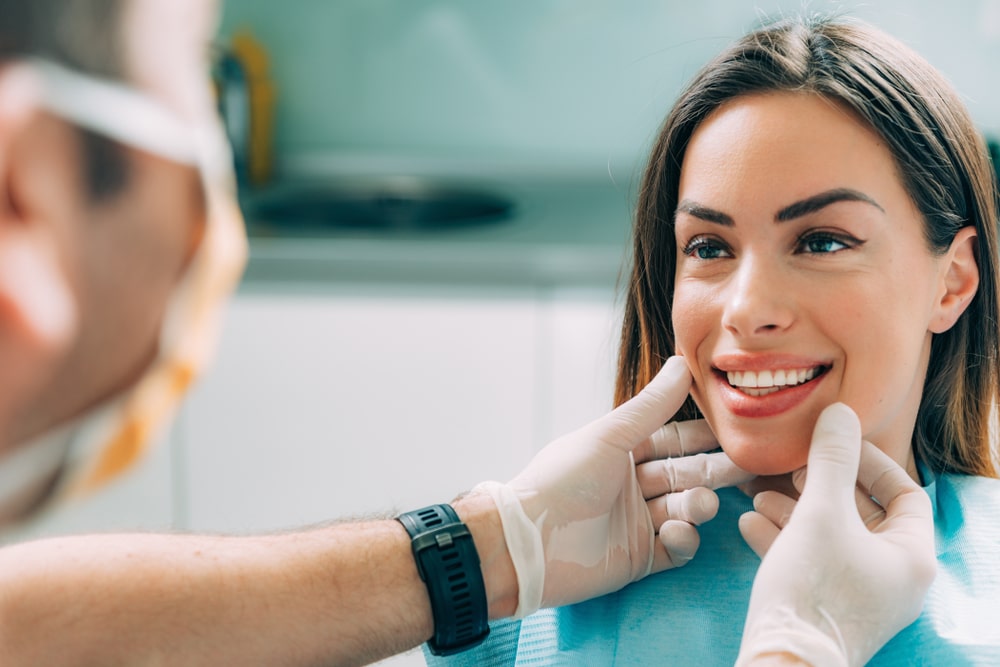Blog Details
-
Total Dental Arts > Blog > Dental Clinic > Veneers vs. Bonding: Virginia Cosmetic Dentistry Solutions Compared
15Jul
Veneers vs. Bonding: Virginia Cosmetic Dentistry Solutions Compared

When someone comes to me asking how to improve their smile, two of the most common options we discuss are veneers and dental bonding. Both can improve the look of your teeth, but they work in different ways and have different benefits. I’ve had many conversations in my Centreville office where patients ask, “Which one is better for me?” The answer depends on what you want to fix, how long you want the results to last, and what kind of budget you’re working with. At Total Dental Arts, I always take the time to explain the details so my patients can make confident choices.
I’m Dr. Kourosh, and I believe that cosmetic dentistry should be as practical as it is beautiful. Veneers and bonding are both great ways to repair chips, close gaps, and correct discoloration. However, each has its place, depending on the situation. Veneers are thin porcelain shells custom-made to fit the front of your teeth. They’re strong, stain-resistant, and look very natural. Bonding uses tooth-colored resin that I shape and polish directly on your teeth. It’s faster and less expensive upfront, but not as durable over time. Knowing the difference can help you choose a solution that works best for your goals.
When Veneers Might Be The Right Choice
If you’re looking for a dramatic, long-lasting improvement, veneers may be your best option. Veneers are ideal for teeth that are deeply stained, slightly misaligned, or uneven in size or shape. They’re also a good solution when you want uniform results across multiple front teeth. The porcelain used in veneers reflects light like natural enamel and holds up well against coffee, wine, and other staining foods.
Getting veneers usually takes two visits. During the first visit, I remove a small amount of enamel and take impressions. On the second visit, I bond the veneers to your teeth with a strong adhesive. Veneers typically last 10 to 15 years or more with proper care.
When Dental Bonding Makes More Sense
Bonding is a simpler process that I complete in just one appointment. It works well for small chips, narrow gaps, or discoloration that don’t respond to whitening. Since bonding doesn’t require enamel removal, it’s more conservative and reversible. The material blends well with your teeth and can look great when polished properly.
However, bonding is more likely to stain or wear down over time. It generally lasts 3 to 7 years before needing a touch-up or replacement. For patients who want a fast fix or are unsure about committing to veneers, bonding can be a great starting point.
Which Is Better For You?
That decision depends on the condition of your teeth, your cosmetic goals, and how long you want the results to last. Veneers are more of an investment, but they also offer greater durability and visual impact. Bonding is more budget-friendly and easier to adjust but needs more maintenance in the long term.
When you visit me at Total Dental Arts, I take the time to examine your teeth and listen to what you want to achieve. Whether we move forward with bonding or veneers, my goal is always the same—to create a smile that looks natural and gives you confidence every time you look in the mirror.
Veneers And Bonding Frequently Asked Questions
How Do I Know If I’m A Good Candidate For Veneers Or Bonding?
The right option depends on your specific needs. If you have several cosmetic concerns like discoloration, spacing, or worn edges across multiple teeth, veneers may be more suitable. If you only need to repair a small chip, close a minor gap, or brighten one or two teeth, bonding can be a quicker, cost-effective solution. I always recommend a full evaluation to determine the most appropriate choice based on your tooth structure, gum health, and cosmetic goals.
Are Veneers Permanent?
Veneers are considered a long-term solution, but they do involve removing a small amount of enamel, which is not reversible. Once you have veneers, you’ll always need to have some type of covering on those teeth. That said, many patients are very happy with the look and durability of veneers, and they often last 10 to 15 years or more with good care. If one is damaged, it can be replaced individually.
Does Dental Bonding Hurt?
No, bonding is a comfortable procedure that usually doesn’t require anesthesia unless we are also treating a cavity or very sensitive area. I prepare the surface of the tooth, apply the resin, shape it, and then harden it with a special light. After polishing the resin, the tooth looks smooth and natural. Most patients are surprised by how easy and painless the entire visit is.
Will Bonding Or Veneers Stain Over Time?
Bonding can stain more easily than veneers, especially if you frequently drink coffee, tea, or red wine. Veneers are made from porcelain, which is resistant to staining and keeps its color longer. That’s one reason many people choose veneers for long-term whitening. If you opt for bonding, I recommend using a straw for dark liquids and brushing after meals to help minimize staining.
How Much Do Veneers And Bonding Cost?
Bonding is typically less expensive than veneers, but costs can vary depending on how many teeth are being treated and how complex the case is. Veneers cost more upfront, but they often require fewer touch-ups over time. At Total Dental Arts, I provide clear estimates and work with you to develop a plan that fits your budget. During your consultation, I’ll walk you through all your options so you can make the best decision for your smile.
Call Total Dental Arts To Compare Your Cosmetic Options
Whether you’re considering veneers, bonding, or just want to improve your smile, I’m here to help. At Total Dental Arts, we provide high-quality cosmetic solutions tailored to your goals. Let’s talk about what you’d like to change and find the right treatment to make it happen.
Call our Centreville dental clinic today at (703) 890-3200 to schedule your consultation with Dr. Kourosh. We proudly serve patients in Centreville and throughout Fairfax County, Virginia. Let’s make your smile something you feel proud to show.
